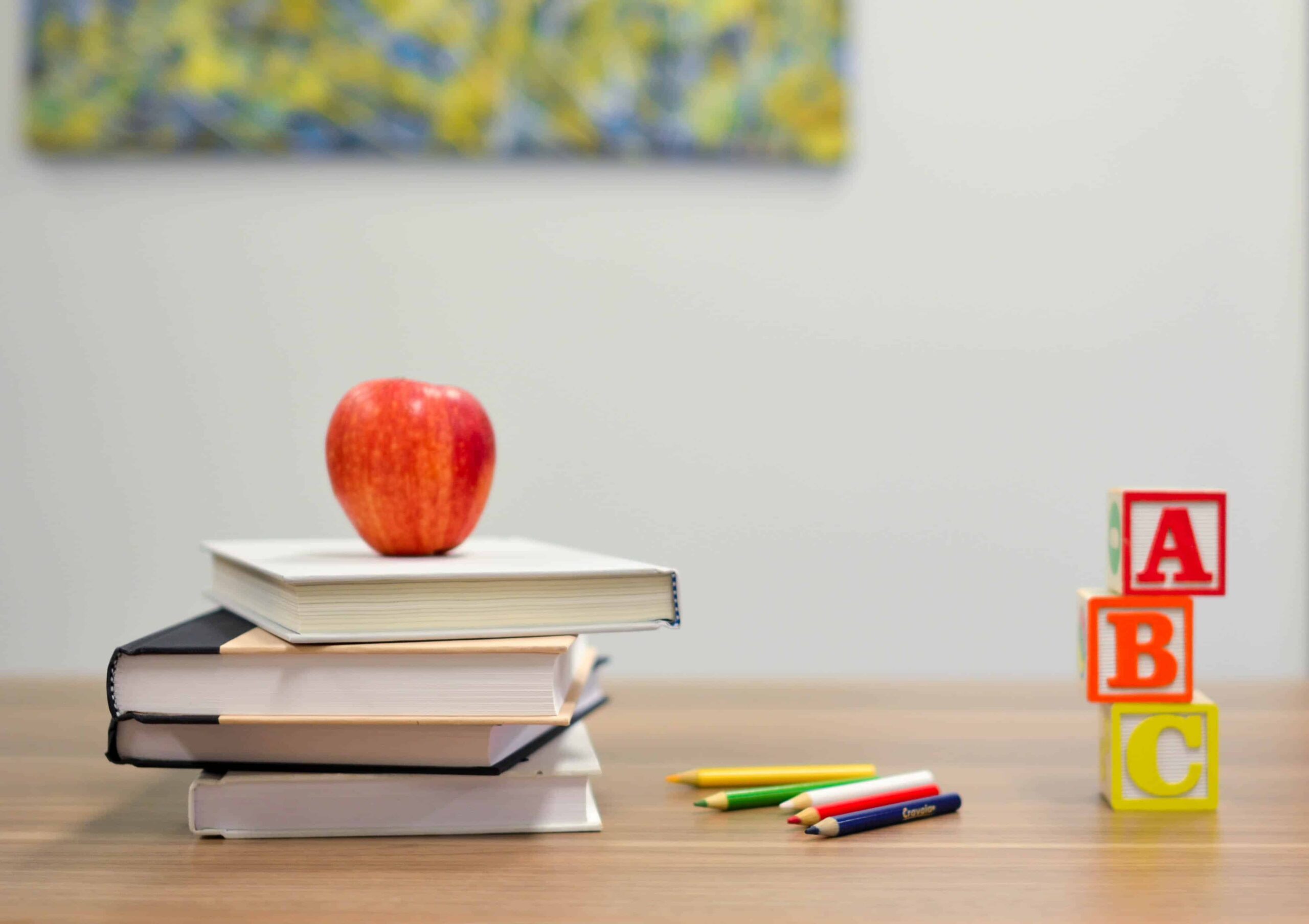Failure to test how well eyesight and listening ability are coordinated is causing many children to struggle in the classroom, warns Deborah Zelinsky OD, founder and executive director of the Mind-Eye Institute in Northbrook, Ill.
Illinois law mandates evaluation of a child’s eyesight and hearing separately but such testing does not determine how well the two sensory systems work together, says Dr. Zelinsky, who previously worked with state lawmakers to get a bill passed by the House of Representatives requiring assessment of eye-ear coordination in children before they enter school.
A percentage of children now labelled as learning-challenged and placed in special education classes could return to the regular classroom if only their visual and auditory signals were coordinated, Dr. Zelinsky contends.
“In the school setting, a student must be able to maintain awareness of a teacher’s facial expressions, body posture and movements while looking at information presented on a classroom screen or board and simultaneously listening and comprehending what the teacher is saying. At the same time, shifting gaze – and attention — from teacher to note-taking needs to be automated,” she says. “Meanwhile, all these tasks must be synchronized and accomplished by ‘tuning out’ distractions, such as the whispering of nearby students, sounds of others shuffling papers, even the changing light coming through classroom windows as the sun goes in and out of the clouds.”
The Mind-Eye Institute is internationally recognized for its work in assessing “visual processing.” The term refers to the brain’s ability (partially beneath a conscious level of awareness) to take in many external sensory signals – from eyesight, hearing, smell, taste and touch; synthesize the information; and then react and respond depending on internal sensory signals, Dr. Zelinsky explains.
“When intact, visual processing enables people to understand and respond appropriately to the world around them. If brain circuitry is out of sync because it has been disrupted – or, in the case, of younger children, perhaps under-developed — people can become confused about their surrounding environment and exhibit inappropriate reactions and responses to sensory changes,” she says.
Children act on the basis of their level of attention and the expansiveness of their awareness, Dr. Zelinsky states. “The broader a child’s awareness, the easier for distractions to shift the child’s attention – and focus — away from the work at hand. Too frequently, a child who struggles to learn is diagnosed as having a problem, such as attention deficit hyperactivity disorder (ADHD), and is transferred into a special-education program, when what the child actually requires is testing to determine how well his or her eyes, ears and other sensory systems are integrated.
“Our sensory systems are like musicians in an orchestra. Each musician may be highly skilled in a specific instrument, but without a conductor synchronizing what they are playing, the result is simply noise – not music,” she says.
Through proper evaluation of sensory systems and use of therapeutic lenses – “brain” glasses, the Mind-Eye team has been transforming the lives of children in the classroom.
“By changing the way light disperses across the retina, we can affect how the brain reacts to information about the environment and change a person’s spatial awareness, body posture and selective attention to sound,” Dr. Zelinsky says. “Using prescriptive eyeglasses, lenses or other optometric interventions to selectively stimulate light dispersed on the retina enables our team to help develop skills in children described as having ‘learning problems.’”
For the past 30 years, Dr. Zelinsky has devoted her career to neuro-optometric rehabilitation and development of advanced methods for assessing brain function, with emphasis on the often-untested linkage between eye and ears. Her patented research in novel uses of retinal stimulation has been described in publications and courses worldwide.
She developed the Z-Bell Test®, a simple, but revolutionary, method of checking a patient’s overall vision and the integration of eyesight with listening. The test has changed the lives of both pediatric and adult patients by allowing Dr. Zelinsky and her team to prescribe eyeglasses that balance central and peripheral receptors in the retina, while improving the connection between eyes and ears.
“We are nearly 20 percent of the way into the 21st century, yet many ophthalmologists and optometrists continue relying on standard 20/20 eye-clarity testing developed in the 1860s when much of this country was composed of forests, mountains and prairies and travel was by horseback, buckboard or covered wagon, Dr. Zelinsky says. “Central eyesight makes up only a small volume of incoming information. In a society replete with constantly moving traffic, vehicle computer screens, electronic signage and high-tech toys and other gizmos, peripheral eyesight now plays a much greater role in our visual processing.
“Trying to look at a Powerpoint slide while tuning out visual clutter from the walls, floor, ceiling, and other surroundings is difficult, especially for a child whose sensory systems lack coordination,” she adds.
“The mantra of the Mind-Eye Institute is to update a more than 150-year-old 20/20 eyesight-testing system that was brilliant for its time but needs modification relevant to 21st century society. Let’s leave 20/20 in the 20th century as we move further into the 21st, Dr. Zelinsky concludes.

Media
Learning Struggles Often Due to Eye-Ear Coordination
Mind-Eye Team Calls for Updated Testing of Children’s Visual Processing
